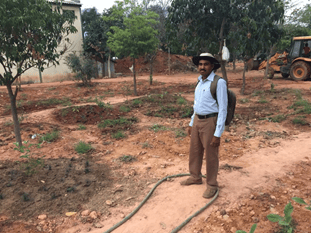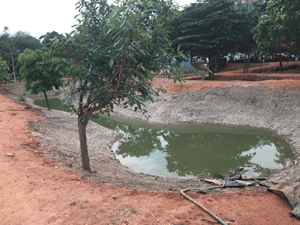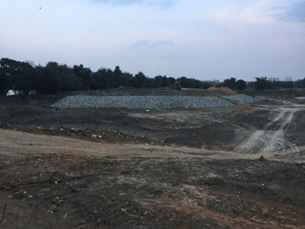With an area of 272 acres, Madiwala lake is one of the three largest lakes in Bengaluru. Located in South Bengaluru, it comes under the administrative control of Karnataka Forest Dept (KFD) who is responsible for its upkeep and maintenance.

Butterfly park with the scientist for design and planting butterfly attracting plants.
The lake had a lot of hyacinth growth and sewage inflow, directly and indirectly from the open storm water drain (SWD) that runs inside the lake from South-west corner to North-east corner. Karnataka government decided in 2016 to develop it into a bio-diversity park, on the recommendation of Dr Kasturirangan, chairman of Karnataka Knowledge Commission.

A pond near the butterfly park
With a sanctioned budget of Rs 24.72 crores, the work started in mid-2016 with aim to recreate sustainable living ecosystem, with native flora and fauna. The design of the bio-diversity park was done by Dr C R Babu from Department of Environmental Studies, Delhi University, a well-known environmentalist and the brain behind Yamuna Bio-diversity park and the like. Thanks to his keen interest and close monitoring, and support of Lake Development Authority and Forest Department, it is on its way to achieving this goal through sustained work.

An island created and extension of water body (towards SNN Raj Lake View)

Waste leaves composting system
The lake has to be cleaned and desilting done, by pumping the water out which planned to be taken next year. Things in progress are:
-
Walkway all around the lake
-
Multiple access points at different points.
-
Development of a forest cover area with landscaping
-
A sewage treatment plant to treat part of sewage for feeding the lake with treated water from the STP.
-
Amphi-theatre and audio visual system for visitor’s gallery.
-
Children’s play area, food court
Related Articles